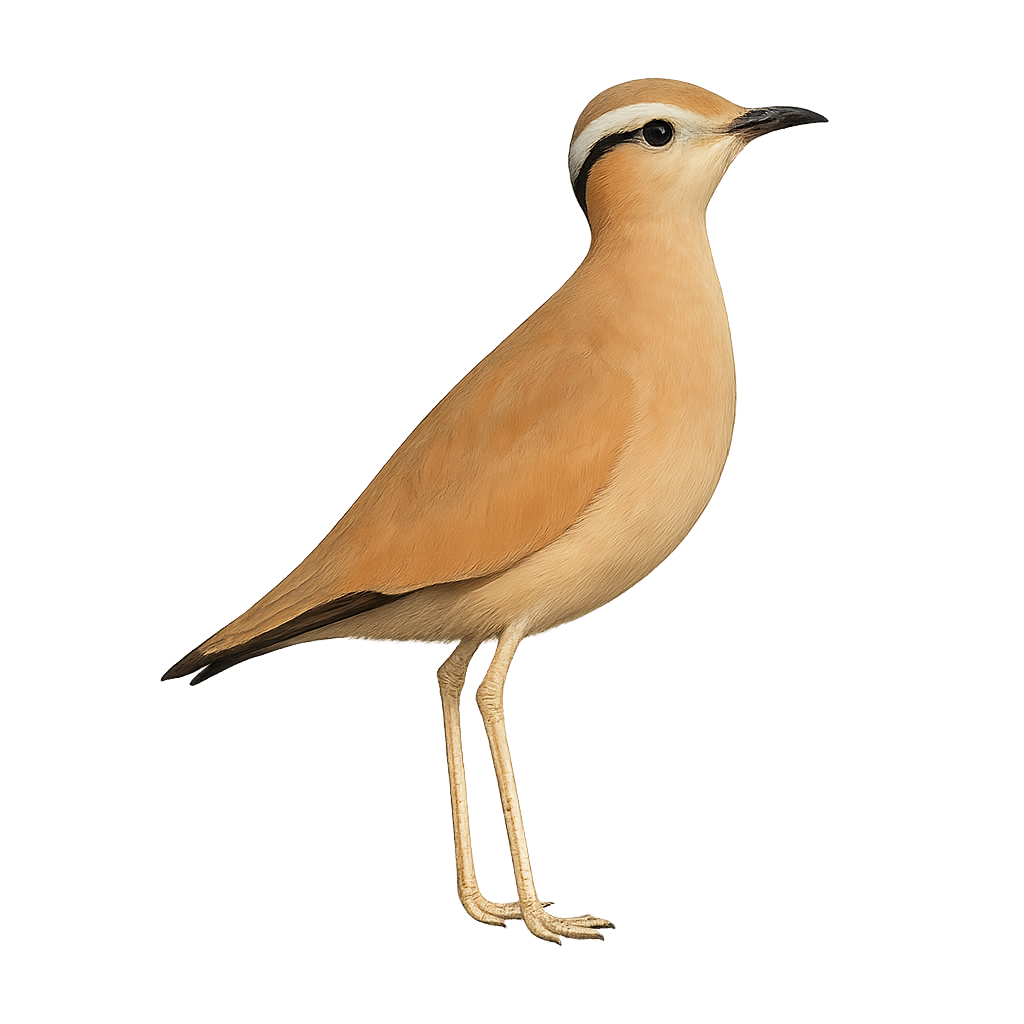Your wildlife photography guide.
Explore the cream-colored courser in detail, study its behavior, prepare your shots.
Where to observe and photograph the cream-colored courser in the wild
Learn where and when to spot the cream-colored courser in the wild, how to identify the species based on distinctive features, and what natural environments it inhabits. The WildlifePhotographer app offers tailored photography tips that reflect the cream-colored courser’s behavior, helping you capture better wildlife images. Explore the full species profile for key information including description, habitat, active periods, and approach techniques.
Cream-colored Courser
Scientific name: Cursorius cursor

IUCN Status: Least Concern
Family: GLAREOLIDAE
Group: Birds
Sensitivity to human approach: Suspicious
Minimum approach distance: 10 m
Courtship display: March to May
Incubation: 19-21 jours
Hatchings: March to June
Habitat:
deserts, semi-deserts, steppes
Activity period :
Primarily active during the day, with peak activity in the morning and late afternoon.
Identification and description:
The Cream-colored Courser, Cursorius cursor, is an elegant and swift terrestrial bird, primarily found in the arid and semi-arid regions of North Africa and the Middle East. Its slender silhouette, long legs, and light beige plumage with cream hues allow it to blend seamlessly into its desert surroundings. This bird is particularly adapted to desert life, feeding mainly on insects and small invertebrates. The Cream-colored Courser is known for its rapid running and ability to cover long distances in search of food. It typically nests on the ground in open areas, with its eggs well camouflaged among stones and sand.
Recommended lens:
400 mm – adjust based on distance, desired framing (portrait or habitat), and approach conditions.
Photography tips:
To photograph the Cream-colored Courser, it is advisable to use a telephoto lens of at least 400mm to capture detailed images without disturbing the bird. Approach slowly and discreetly, using the terrain for camouflage. The best opportunities arise early in the morning or late afternoon when the light is soft and the bird is active. Be patient and ready to wait for the bird to approach or move into a photogenic setting.
The WildlifePhotographer App is coming soon!
Be the first to explore the best nature spots, track rutting seasons, log your observations, and observe more wildlife.
Already 1 431 wildlife lovers subscribed worldwide

